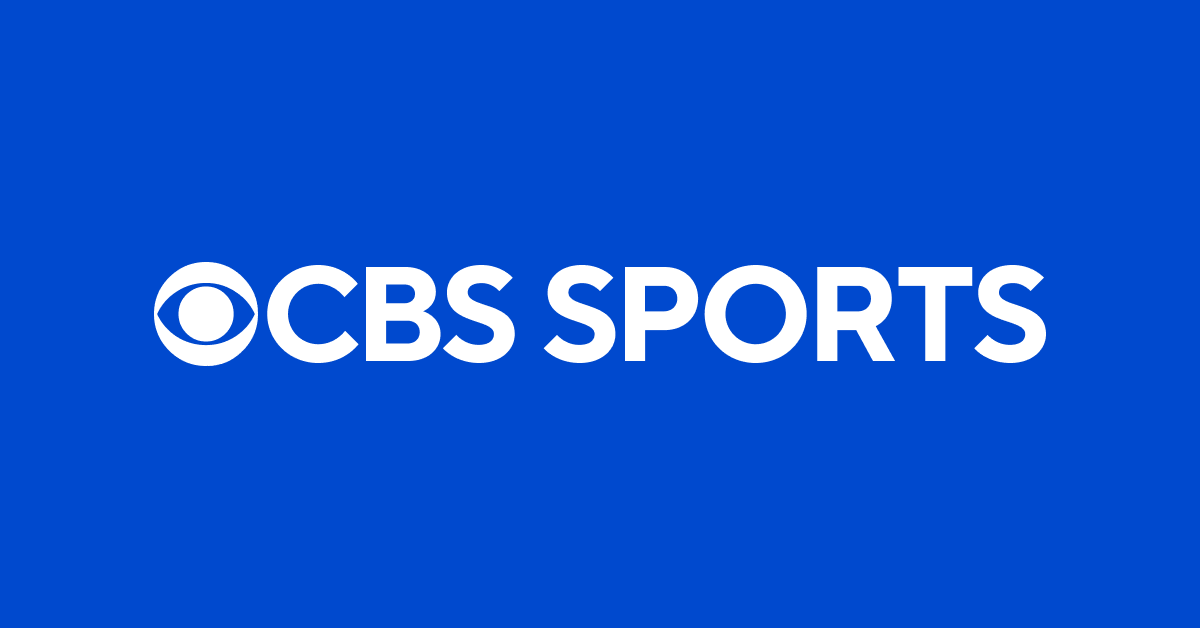The Parsons Paradox: A Deep Dive into the Cowboys’ Dilemma
Introduction: The Storm Over Dallas
The Dallas Cowboys, a franchise that has long been a magnet for both triumph and turmoil, are once again at the center of a high-stakes drama. This time, the spotlight is on Micah Parsons, the team’s defensive linchpin and a player widely regarded as a generational talent. Parsons’ request for a trade amid stalled contract negotiations has sent shockwaves through the NFL, leaving fans, analysts, and the organization itself grappling with the potential fallout. While Cowboys owner Jerry Jones has downplayed the situation, the underlying issues are far more nuanced and potentially damaging than his dismissive remarks suggest. This report aims to unravel the complexities of the Parsons saga, exploring the motivations behind his request, the implications for the Cowboys, and the potential paths forward.
The Roots of Discontent: Beyond the Numbers
Contract disputes in the NFL are often framed as purely financial matters, but the Parsons situation is a testament to the multifaceted nature of player-team dynamics. Parsons’ public statement outlined several grievances that go beyond the dollar amount on a contract:
Closed-Door Negotiations and Trust Issues
Parsons expressed a desire to have his agent present during contract talks, a request that hints at a breakdown in trust between him and the Cowboys’ management. This lack of transparency could be interpreted as a sign that Parsons feels undervalued and potentially manipulated during negotiations. Trust is the cornerstone of any successful relationship, and its erosion can have far-reaching consequences, both on and off the field.
Injury Narratives and Player Support
Parsons’ frustration with “shots taken at me for getting injured while laying it on the line for the organization” underscores a deeper issue: the perception of a lack of support from the team. Injuries are an inherent part of the game, but how an organization handles them can significantly impact a player’s morale. Parsons’ comments suggest that he feels the Cowboys have not adequately backed him, potentially questioning his commitment or downplaying the severity of his injuries. This can be particularly damaging to a player’s willingness to give his all for the team.
Media Narratives and Public Perception
Parsons’ displeasure with “narratives created and spread to the media about me” points to a feeling of being unfairly portrayed in the public eye. Controlling the narrative is a powerful tool in negotiations, and Parsons seems to believe that the Cowboys have used it against him. The media can be a double-edged sword, amplifying both praise and criticism, and Parsons’ concerns highlight the importance of managing public perception in high-stakes situations.
Lack of Formal Negotiation: A Sign of Disrespect
Parsons’ dissatisfaction with the informality of early contract discussions with Jerry Jones further fuels his grievances. The lack of formality and seriousness in these talks may have contributed to his feeling of being disrespected. In high-stakes negotiations, the tone and approach can be just as important as the substance, and Parsons’ comments suggest that the Cowboys may have misjudged the gravity of the situation.
Jerry Jones’ Gamble: A High-Risk Strategy
Jerry Jones’ nonchalant response to Parsons’ trade request raises questions about his strategy and risk tolerance. While publicly projecting confidence, Jones may be playing a dangerous game. Several factors could be influencing his approach:
Leverage and Control
The Cowboys hold considerable leverage in this situation. Parsons is under contract for the 2024 season, and the team can exercise a fifth-year option for 2025. Additionally, the franchise tag remains a viable option in 2026, giving the Cowboys control over Parsons’ future for the next three seasons. Jones may be betting that Parsons will ultimately back down rather than sit out or risk damaging his reputation. However, this strategy carries the risk of alienating a player of Parsons’ caliber, which could have severe consequences for the team’s performance and morale.
Setting a Precedent
Jones may be wary of setting a precedent by caving to Parsons’ demands, fearing it could embolden other players to adopt similar tactics in future contract negotiations. Maintaining control and projecting an image of strength are often priorities for owners, but this approach can also backfire if it leads to a loss of trust and respect among the team’s talent.
Financial Considerations
The Cowboys are facing salary cap constraints and have other key players to consider for extensions, including quarterback Dak Prescott and wide receiver CeeDee Lamb. Jones may be attempting to manage the team’s long-term financial health by delaying or minimizing Parsons’ contract. However, this strategy could come at the cost of losing a generational talent, which would have significant implications for the team’s competitiveness.
Negotiation Tactic or Miscalculation?
Jones’s nonchalant attitude could also be a calculated negotiation tactic, aimed at reducing public pressure and signaling that the Cowboys are not desperate to reach a deal. However, this approach risks being perceived as dismissive and disrespectful, further alienating Parsons and potentially damaging the team’s reputation.
The Potential Suitors: A League Full of Opportunities
While the Cowboys have publicly stated they have no intention of trading Parsons, the reality is that nearly every team in the NFL would covet his services. A hypothetical trade scenario would likely involve a massive haul of draft picks and potentially established players. Some potential suitors could include:
Teams with Cap Space and Draft Capital
Teams like the Chicago Bears, with ample cap space and a treasure trove of draft picks acquired through trades, could be aggressive in pursuing Parsons. These teams have the financial flexibility and draft capital to make a compelling offer, potentially enticing the Cowboys to part ways with their star player.
Contenders Seeking a Defensive Edge
Teams like the Green Bay Packers, on the cusp of contention, could see Parsons as the missing piece to elevate their defense and Super Bowl aspirations. These teams are in win-now mode and may be willing to overpay for a player of Parsons’ caliber, recognizing the immediate impact he could have on their roster.
Teams Desperate for a Star
Teams like the New York Jets, constantly searching for a franchise-altering player, might be willing to overpay for Parsons’ talent and marketability. These teams are often willing to take on significant financial commitments in exchange for a player who can transform their franchise’s trajectory.
However, any trade would be contingent on the Cowboys’ willingness to part with Parsons, as well as his own willingness to play for the acquiring team. Parsons’ happiness and commitment are paramount in any equation, and the Cowboys must carefully consider the long-term implications of a potential trade.
The Road Ahead: Navigating a Delicate Situation
The Parsons-Cowboys standoff presents a complex challenge with no easy solutions. To avoid a potentially disastrous outcome, both sides must find a way to bridge the divide and rebuild trust.
For the Cowboys: A Path to Reconciliation
The Cowboys must take proactive steps to address Parsons’ concerns and demonstrate a genuine commitment to resolving the situation. This includes:
- Acknowledging Parsons’ Concerns: Publicly addressing Parsons’ grievances and demonstrating a willingness to listen and understand his perspective is a crucial first step. This shows respect and a commitment to finding a mutually beneficial solution.
- Engaging in Transparent Negotiations: Ensuring that all future contract discussions are conducted with Parsons’ agent present and with full transparency regarding the team’s financial constraints and priorities. This can help rebuild trust and foster a more collaborative negotiation environment.
- Showing Appreciation: Demonstrating a genuine appreciation for Parsons’ contributions to the team, both on and off the field. This could involve public praise, team-building activities, and a commitment to supporting his personal and professional goals. Recognizing and valuing a player’s contributions can go a long way in fostering a positive relationship.
- Addressing Media Leaks: Investigating and addressing any potential leaks to the media that may have contributed to the negative narratives surrounding Parsons. This can help mitigate the damage to Parsons’ reputation and the team’s morale.
For Micah Parsons: A Path to Resolution
Parsons must also take steps to navigate this situation professionally and constructively. This includes:
- Maintaining Professionalism: Despite his frustrations, it is important for Parsons to maintain a professional demeanor and avoid actions that could further damage his reputation or the team’s morale. This can help preserve his standing within the organization and the league.
- Communicating Openly: Continuing to communicate his concerns directly to the Cowboys’ management, but doing so in a constructive and respectful manner. This can help foster a productive dialogue and increase the likelihood of finding a mutually beneficial solution.
- Focusing on Football: Ultimately, Parsons’ value is tied to his on-field performance. Focusing on playing at his highest level will strengthen his position and demonstrate his commitment to the team. This can also help shift the narrative back to his contributions on the field.
- Considering Compromise: Being willing to compromise on certain aspects of the contract negotiations, recognizing the team’s financial constraints and long-term goals. This can help facilitate a resolution that benefits both parties.
Conclusion: A Legacy in the Balance
The Micah Parsons saga is more than just a contract dispute; it is a test of the Cowboys’ organizational culture, their ability to manage talent, and their commitment to winning. Jerry Jones’ legacy is intertwined with the success of the Cowboys, and how he handles this situation will undoubtedly shape his place in NFL history. Will he double down on his hard-line approach, potentially sacrificing a generational talent in the process? Or will he find a way to mend fences with Parsons, secure his long-term future with the team, and continue the Cowboys’ pursuit of a Super Bowl title?
The answer to this question will have profound implications for the Cowboys’ future, and the NFL landscape as a whole. Only time will tell if the “Parsons Paradox” can be resolved, or if it will become another chapter in the Cowboys’ storied history of drama and missed opportunities. The stakes are high, and the choices made in the coming weeks and months will reverberate for years to come. The Cowboys’ ability to navigate this delicate situation will be a defining moment for the franchise, one that will test their resolve, their leadership, and their commitment to excellence.





